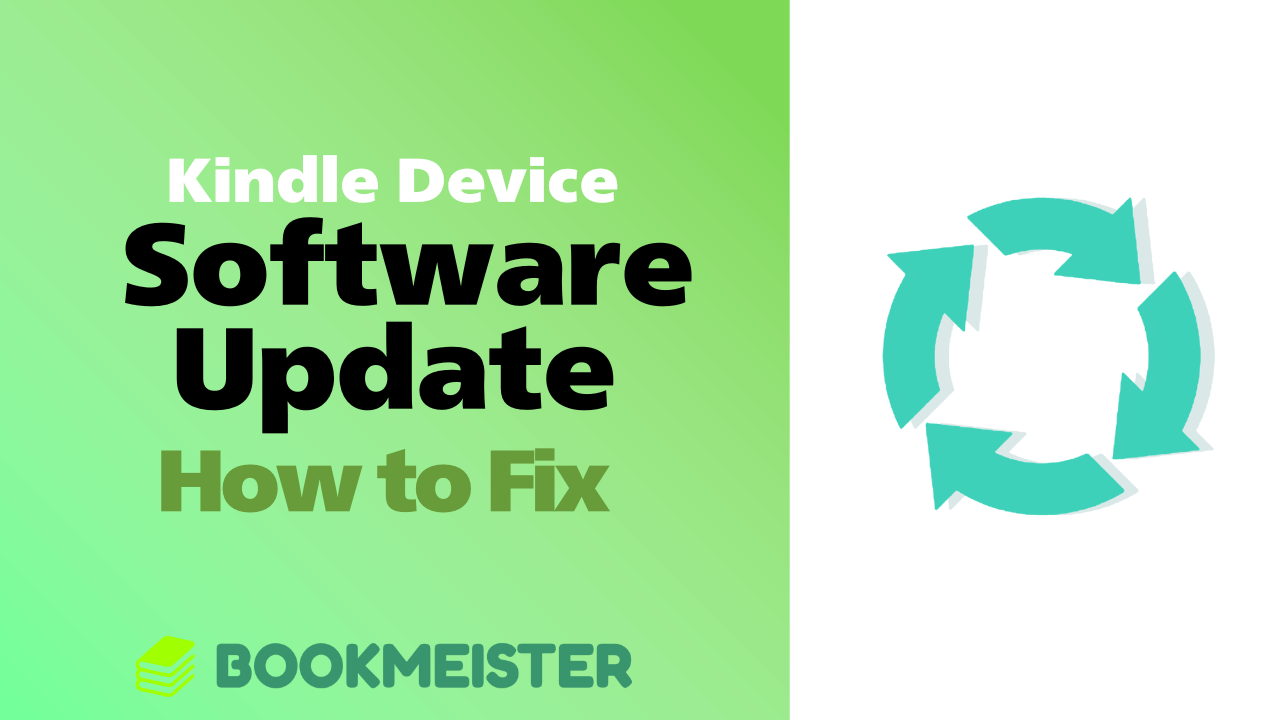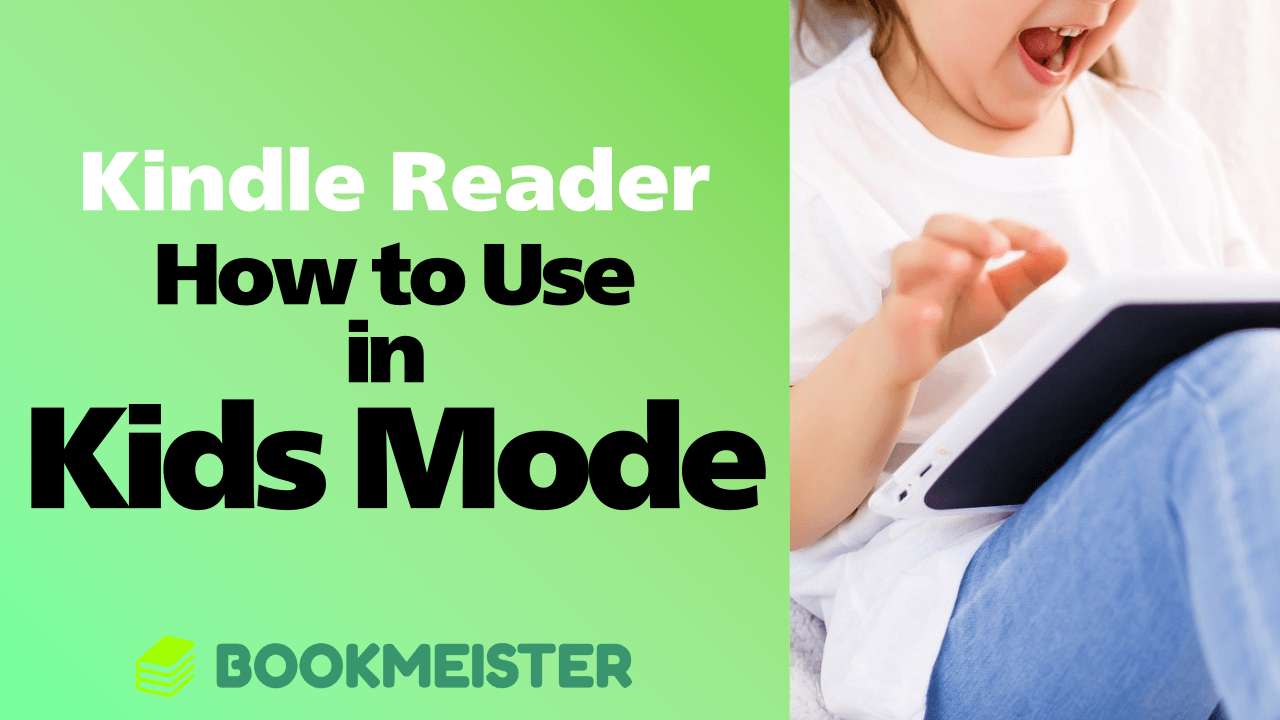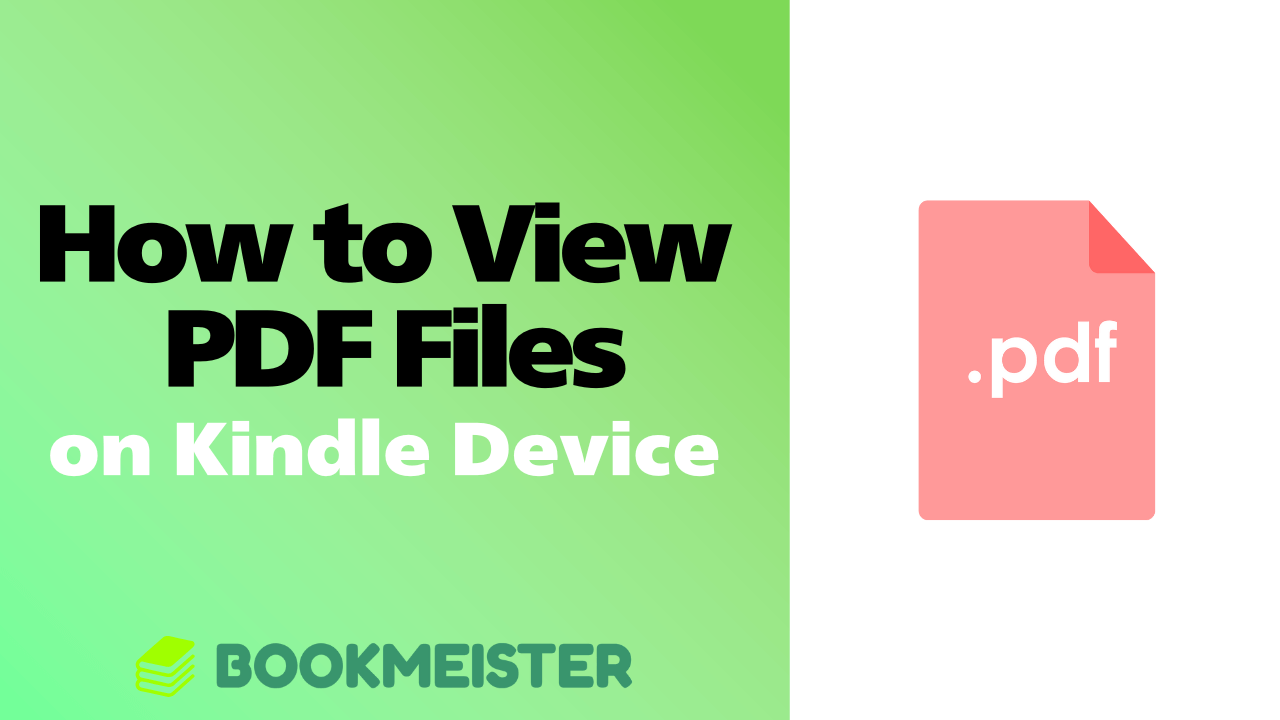Amazon Whispersync as a "Reading Sync Feature"
Amazon Whispersync is a "reading synchronization feature" that automatically saves your Kindle reading data to Amazon’s cloud and automatically downloads it back to your device.
The setup is simple: just turn on "Amazon Whispersync" in the sync settings of your Kindle or Kindle app.
Amazon Whispersync saves:
- Book page position (bookmark function)
- Notes
- Highlights
When Amazon Whispersync is enabled on your app or Kindle, it automatically sends and saves your reading data—such as page turns, notes, and highlights—to Amazon’s servers.
The eligible reading data includes "content delivered from Amazon’s servers." This means not only Kindle books and Kindle Unlimited books, but also personal documents.
Benefits of Using Amazon Whispersync
Continue Reading (or Listening) Across Devices
The biggest benefit of Amazon Whispersync is that "you can continue reading across devices."
For example, if you’re reading on your Kindle at home and want to continue on your smartphone during your commute, with Amazon Whispersync enabled, the Kindle app on your phone will automatically open to the page you last read on your Kindle.
In the U.S., Kindle books purchased from Amazon.com even sync with Audible audiobooks, allowing you to "listen to where you left off reading on Kindle."
Centralized Management of Notes and Highlights for Personal Documents
Since Amazon Whispersync also supports personal documents, you can manage notes and highlights from scanned books in the Amazon cloud.
For example, if you upload a copyright-free Aozora Bunko book as EPUB data to personal documents and read it on Kindle, Amazon Whispersync will store the reading data in Amazon’s cloud.
Drawbacks of Using Amazon Whispersync
Shared Accounts with Multiple Users
Amazon Whispersync saves data per account. Therefore, if you share a single account among multiple people—such as family sharing a Kindle—your reading data may no longer be "just yours."
For example, if you’ve read up to page 100 of a book titled "A," but before you resume, a family member reads that same book from the beginning up to page 10, Whispersync will update the page position to page 10.
Since most people don’t memorize the exact page they reached, it can become confusing to track reading progress.
If you lend your Kindle account to someone else, make sure to "turn off Amazon Whispersync on devices used by others."
Cannot Be Used with Local Files
In addition to Amazon-distributed data, Kindle also allows you to upload self-made files from your PC and read them locally, but those local files are not covered by Amazon Whispersync.
No Sync Without Internet
This may be obvious, but because Amazon Whispersync saves and retrieves data from Amazon’s servers, it will not sync without an internet connection.
For example, if you download book data to your Kindle at home, then travel to a place without internet and read there, your reading data will not sync until you reconnect to the internet.
This is fine when using the Kindle app on a smartphone, but for Kindles or tablets like iPads without data communication, caution is needed.
Tags:Amazon Kindle





